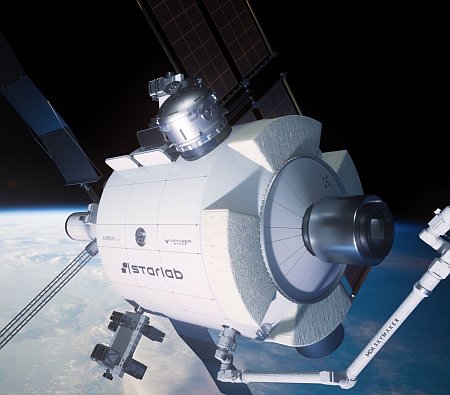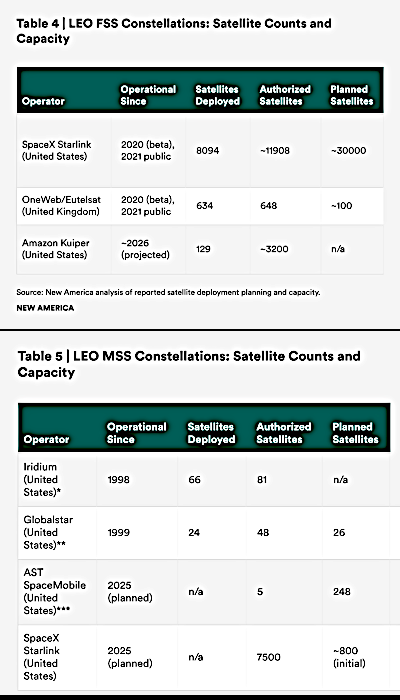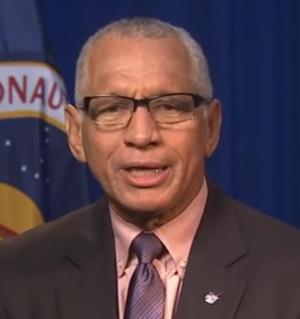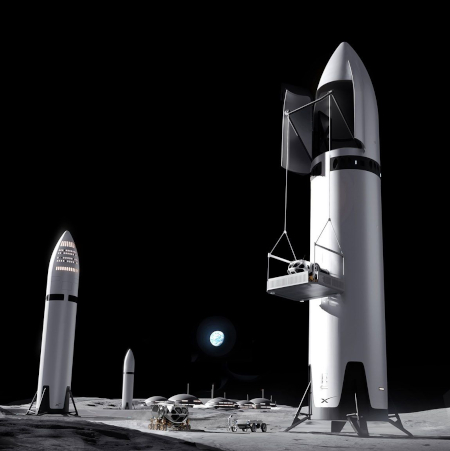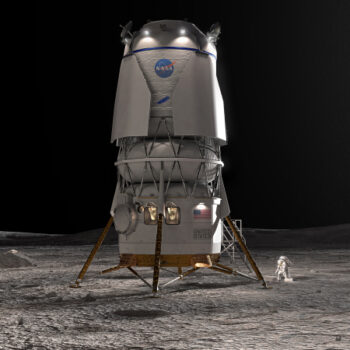SpaceX and Arianespace make launch predictions for ’25 and ’26
In separate announcements this week, officials from Arianespace and SpaceX revealed their launch plans for the rest of this year and next.
First, Arianespace officials revealed yesterday that it is hoping to do six to eight Ariane-6 launches in 2026.
During a post-flight conference following the launch of Sentinel-1D, Arianespace CEO David Cavaillès stated that while the company preferred to wait until next year to reveal details about its 2026 launch manifest, it was aiming to double its launch cadence. He added that a cadence of between six and eight next year “will be great.”
If the company does manage eight Ariane 6 flights in 2026, it will already be close to reaching the stated maximum launch cadence of between nine and ten flights per year. When asked if this cadence could be increased, Cavaillès explained that the decision would be driven by customer demand.
Since customer demand for Ariane-6 has been quite low, because of its high cost, don’t expect this launch rate to rise much higher. Arianespace’s only big contract is 18 launches for Amazon’s Kuiper constellation. Once that is completed it is not clear where much future business will be coming from, even with some bureaucrats lobbying the European Space Agency to require its members to use it. There are too many cheaper options available now, with many more coming on line, both in America and Europe.
Next, a SpaceX official noted at a conference this week that the company hopes to complete another 25 to 30 Falcon 9 launches before the end of the year.
“We’re aiming for around 170 — between 165 and 170 — which means 25 to 30 more launches to go,” Kiko Dontchev, the company’s vice president of launch, said during a Wednesday session at the Space Economy Summit 2025.
…All together, “we’ll get to 2,400, 2,200 [metric tons launched] or something like that, which is absurd in the grand scheme of where things have been,” he added. Historically, that is close to the global record for metric tons launched to space by all companies and nations — about 2,500 metric tons in 2024, according to Jonathan’s Space Report, compiled by astronomer Jonathan McDowell.
In other words, SpaceX hopes its Falcon 9 rocket will this year alone place in orbit almost the same tonnage launched previously by everyone in the three-quarters of a century since Sputnik.
Cavaillès’ forecast means the company is likely to get very close to its prediction for launches at the beginning of the year, 180, that also included its Superheavy/Starship test launches. Quite an amazing achievement.
And as Al Jolson once said, “You ain’t seen nothin’ yet!”
In separate announcements this week, officials from Arianespace and SpaceX revealed their launch plans for the rest of this year and next.
First, Arianespace officials revealed yesterday that it is hoping to do six to eight Ariane-6 launches in 2026.
During a post-flight conference following the launch of Sentinel-1D, Arianespace CEO David Cavaillès stated that while the company preferred to wait until next year to reveal details about its 2026 launch manifest, it was aiming to double its launch cadence. He added that a cadence of between six and eight next year “will be great.”
If the company does manage eight Ariane 6 flights in 2026, it will already be close to reaching the stated maximum launch cadence of between nine and ten flights per year. When asked if this cadence could be increased, Cavaillès explained that the decision would be driven by customer demand.
Since customer demand for Ariane-6 has been quite low, because of its high cost, don’t expect this launch rate to rise much higher. Arianespace’s only big contract is 18 launches for Amazon’s Kuiper constellation. Once that is completed it is not clear where much future business will be coming from, even with some bureaucrats lobbying the European Space Agency to require its members to use it. There are too many cheaper options available now, with many more coming on line, both in America and Europe.
Next, a SpaceX official noted at a conference this week that the company hopes to complete another 25 to 30 Falcon 9 launches before the end of the year.
“We’re aiming for around 170 — between 165 and 170 — which means 25 to 30 more launches to go,” Kiko Dontchev, the company’s vice president of launch, said during a Wednesday session at the Space Economy Summit 2025.
…All together, “we’ll get to 2,400, 2,200 [metric tons launched] or something like that, which is absurd in the grand scheme of where things have been,” he added. Historically, that is close to the global record for metric tons launched to space by all companies and nations — about 2,500 metric tons in 2024, according to Jonathan’s Space Report, compiled by astronomer Jonathan McDowell.
In other words, SpaceX hopes its Falcon 9 rocket will this year alone place in orbit almost the same tonnage launched previously by everyone in the three-quarters of a century since Sputnik.
Cavaillès’ forecast means the company is likely to get very close to its prediction for launches at the beginning of the year, 180, that also included its Superheavy/Starship test launches. Quite an amazing achievement.
And as Al Jolson once said, “You ain’t seen nothin’ yet!”


